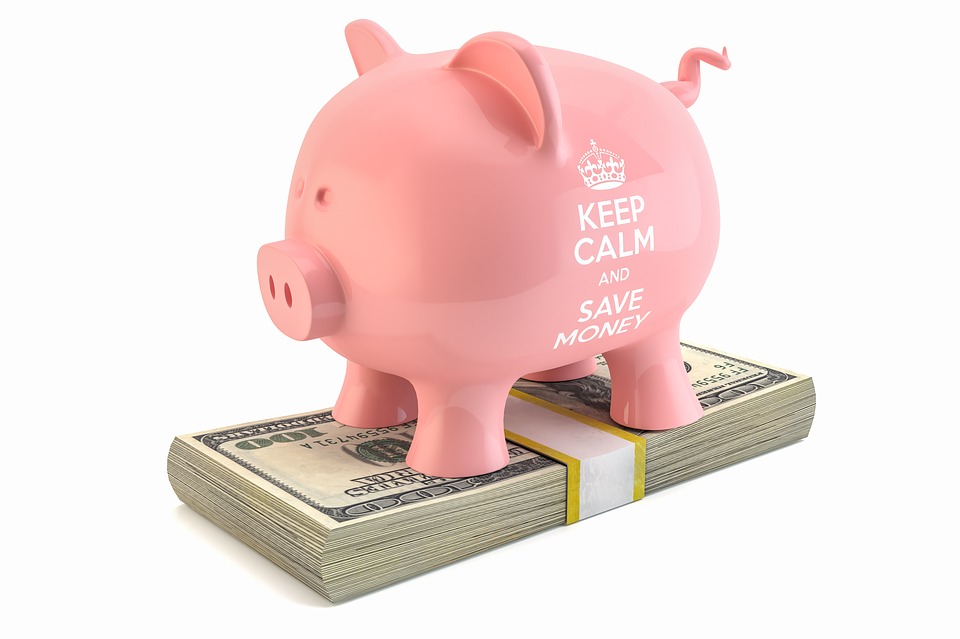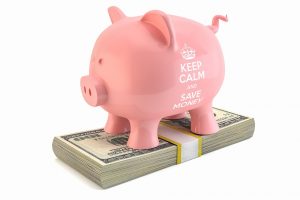
What is Residual Value in Accounting?
 In accounting, residual value is the estimated value of an asset at the end of its lifespan or lease. When you lease a new car, for instance, it’s typically worth the most money before you drive it off the lot. The residual value, however, is the value of the leased car at the end of the lease. If you lease it for five years, its residual value is the estimated, depreciated value of the value at the end of the five-year period. To learn more about residual value and how it’s used in business accounting, keep reading.
In accounting, residual value is the estimated value of an asset at the end of its lifespan or lease. When you lease a new car, for instance, it’s typically worth the most money before you drive it off the lot. The residual value, however, is the value of the leased car at the end of the lease. If you lease it for five years, its residual value is the estimated, depreciated value of the value at the end of the five-year period. To learn more about residual value and how it’s used in business accounting, keep reading.
Overview of Residual Value in Accounting
With residual value, the general idea is to estimate the depreciated value of an asset at the end of its lifespan. In other words, you want to determine how much the asset will be worth when it’s no longer usable.
Here’s another example of residual value in business accounting: a construction company may purchase a bulldozer for $75,000, and it has an average lifespan of about 10 years. At the end of the 10-year period — when the bulldozer is no longer useful or otherwise functional — it may depreciate to $15,000. This is the residual value of the bulldozer. Of course, residual value can be used to determine the depreciated fair-market value of any asset; a bulldozer is just one of many possible examples.
Tips on Calculating Residual Value
Unfortunately, calculating the residual value of an asset isn’t always easy. In most cases, there’s no fool-proof way to determine exactly how much an asset will be worth at the end of its lifespan. You can use historical sales data to estimate its value, but it’s nearly impossible to project its value with 100% accuracy.
According to Intuit, however, there are a few ways to calculate the depreciation of tan asset. This includes considering three primary factors: useful life, salvage value and obsolescence. Useful life refers to when the asset no longer works or functions as intended. Salvage value refers to the dollar amount that you can expect to recover from an asset at the end of its lifespan. Obsolescence refers to if and when an asset will become obsolete and require replacing. Intuit specifically recommends calculating depreciated value based on the asset’s historical value and expected lifespan instead of the cost of replacing the asset now.
Have anything else you’d like to add? Let us know in the comments section below!
